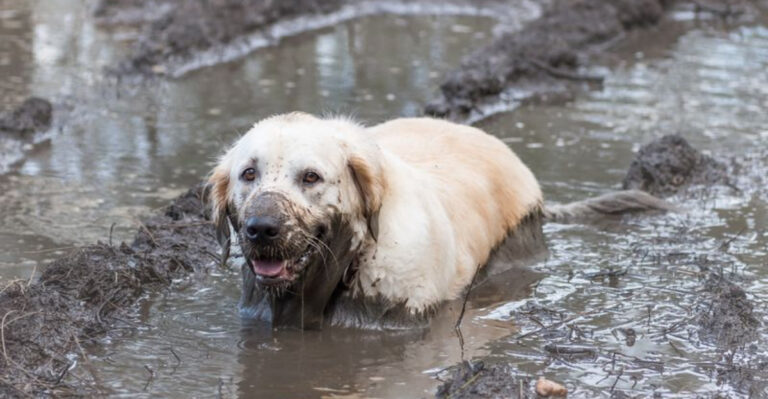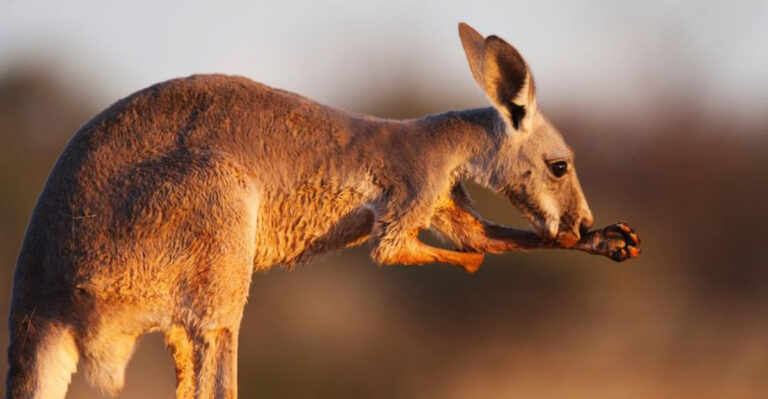16 Essential Tips For Properly Caring For Large Dog Breeds
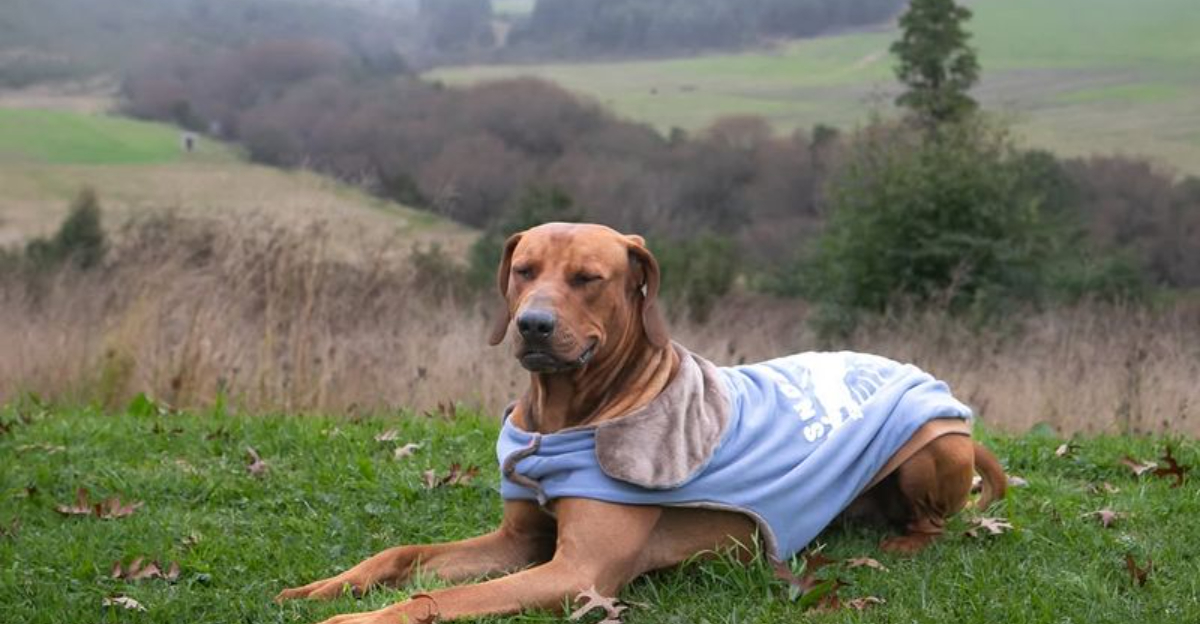
Caring for large dog breeds brings joy and responsibility. These gentle giants often need extra attention to stay happy and healthy.
In this guide, we explore some essential tips to ensure your big furry friend thrives. Whether it’s diet, exercise, or grooming, learn how to provide the best care possible.
1. Balanced Diet
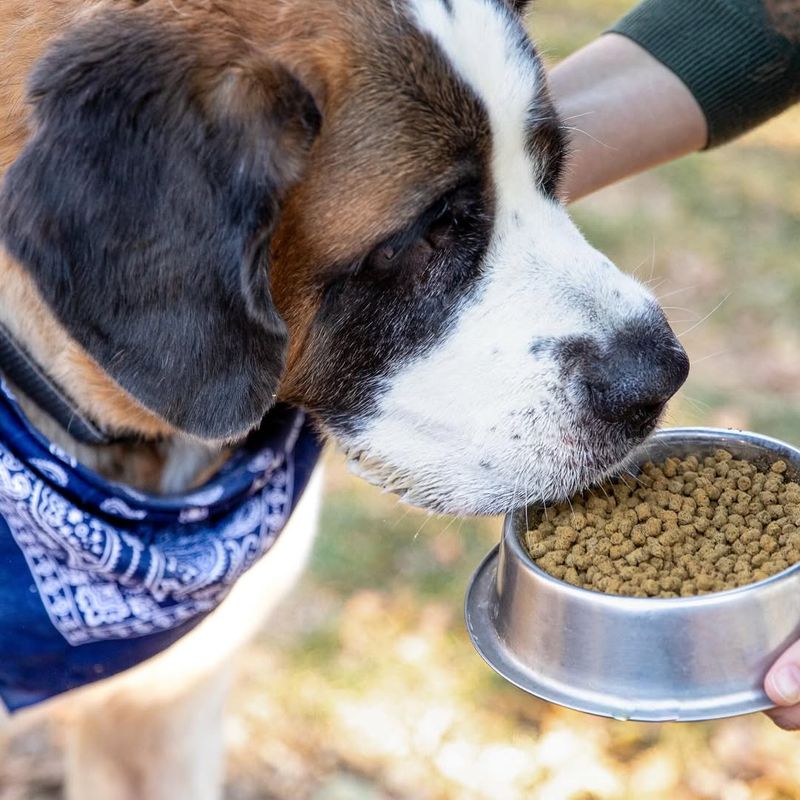
Feeding your large dog the right diet is crucial for their health. These dogs need a balanced diet with enough protein and nutrients to support their size.
Offering quality dog food designed for large breeds can help prevent obesity and joint problems. Make sure to consult a vet for personalized dietary advice.
2. Regular Exercise
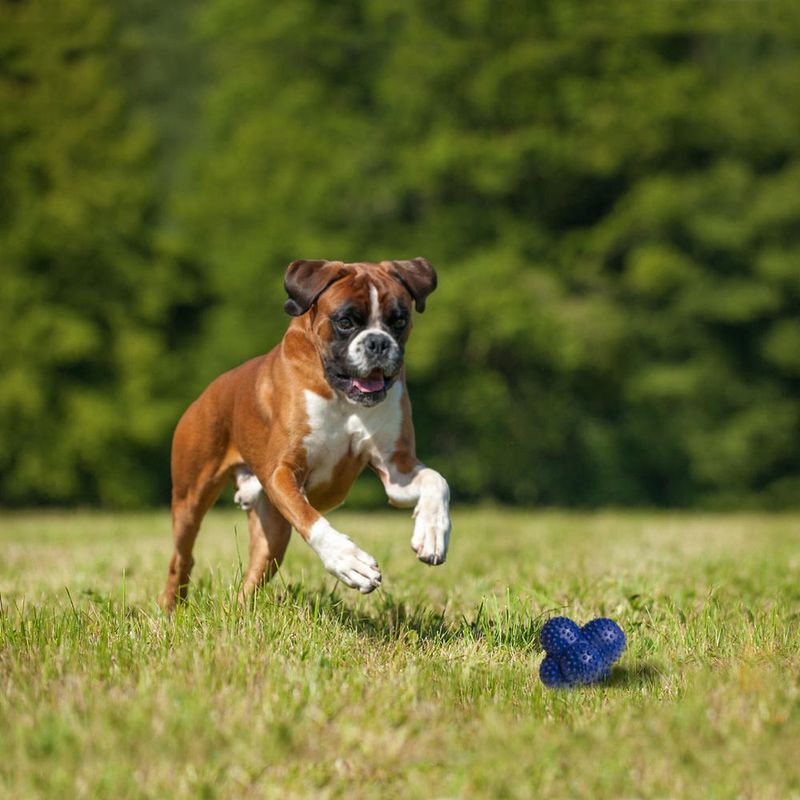
Exercise is vital for big dogs to stay healthy and fit. Regular walks, playtime, and engaging activities help them burn off excess energy.
Large breeds may enjoy activities like fetching in a park or hiking. Exercise not only keeps them physically fit but also mentally stimulated, preventing boredom-related behaviors.
3. Grooming Routine
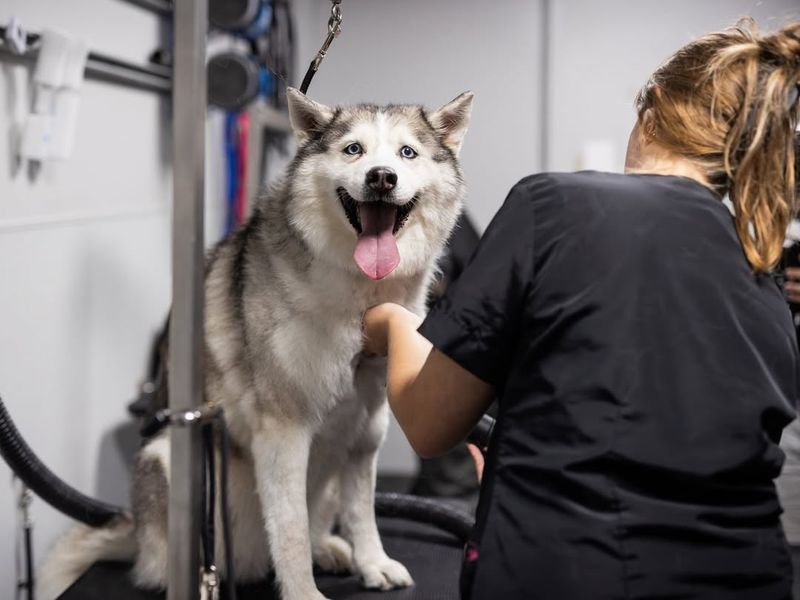
Grooming keeps your dog’s coat shiny and healthy. Regular brushing helps control shedding and keeps their fur tangle-free. Bathing them once every few weeks or when needed reduces dirt and odors.
Remember to check their ears and trim their nails as part of their grooming routine for overall cleanliness and comfort.
4. Comfortable Living Space
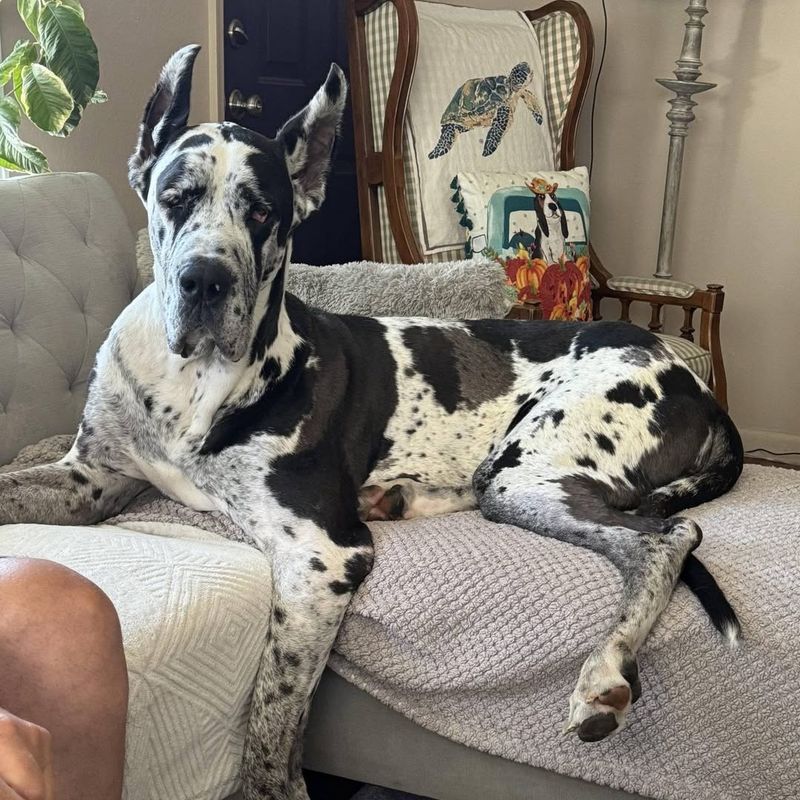
Large dogs need enough space to move around and relax. Providing a spacious living area and a comfortable bed helps them rest well.
Make sure their living space is free from hazards and provides a safe haven. A cozy spot in your home can become their favorite place to unwind after playful activities.
5. Socialization Opportunities
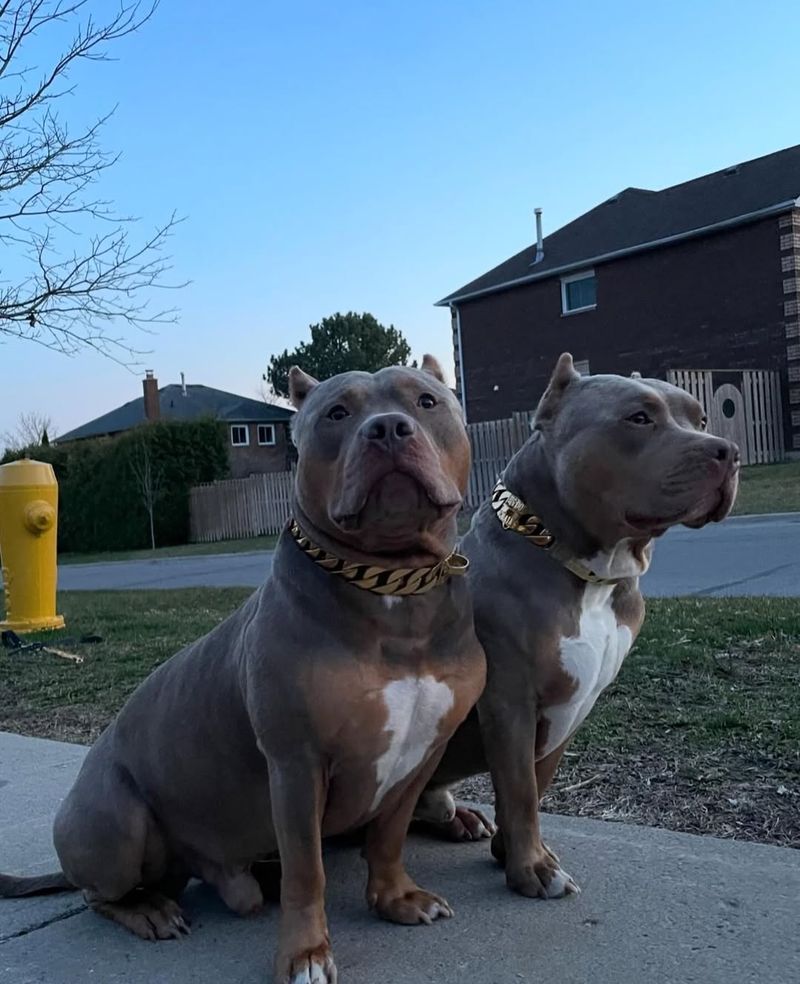
Socialization is essential for a well-behaved dog. Introduce your dog to different environments, people, and other dogs to build confidence.
Socialization helps prevent fear-based behaviors and makes them more adaptable. Regular dog park visits or playdates can provide these opportunities, enhancing their social skills.
6. Routine Vet Check-ups
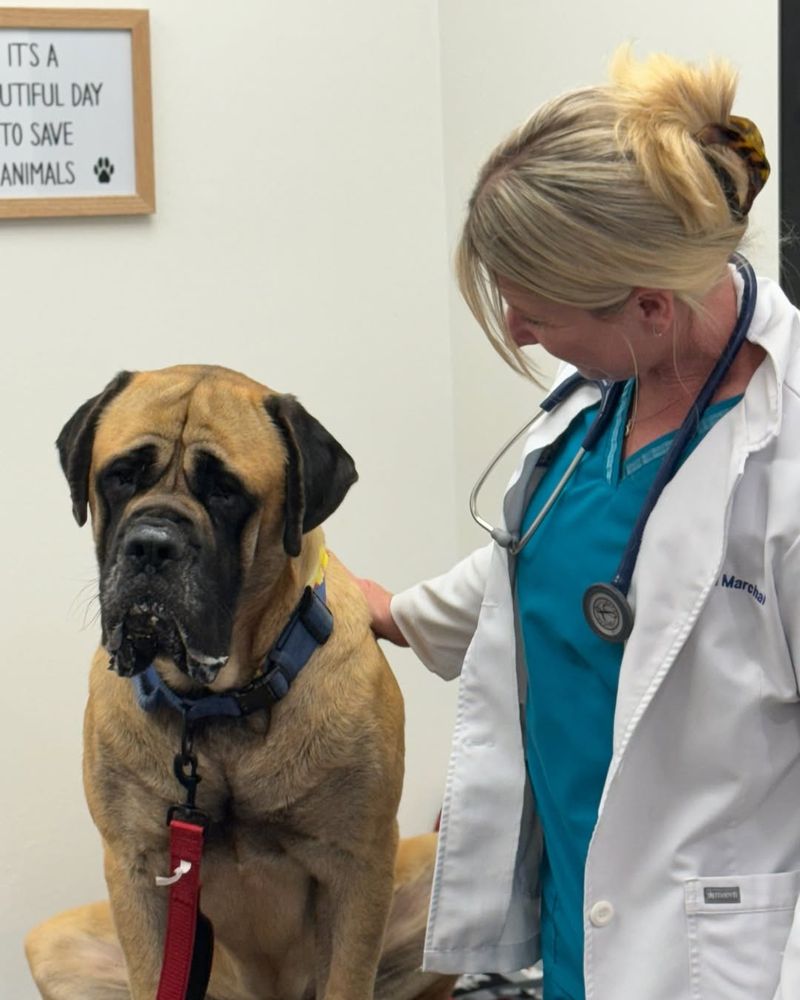
Regular vet visits ensure your dog stays healthy. Routine check-ups help detect potential health issues early. Vaccinations, dental care, and parasite control are vital parts of their healthcare.
Building a good relationship with a vet ensures your dog receives the best care tailored to their specific needs, promoting longevity and health.
7. Joint And Mobility Care
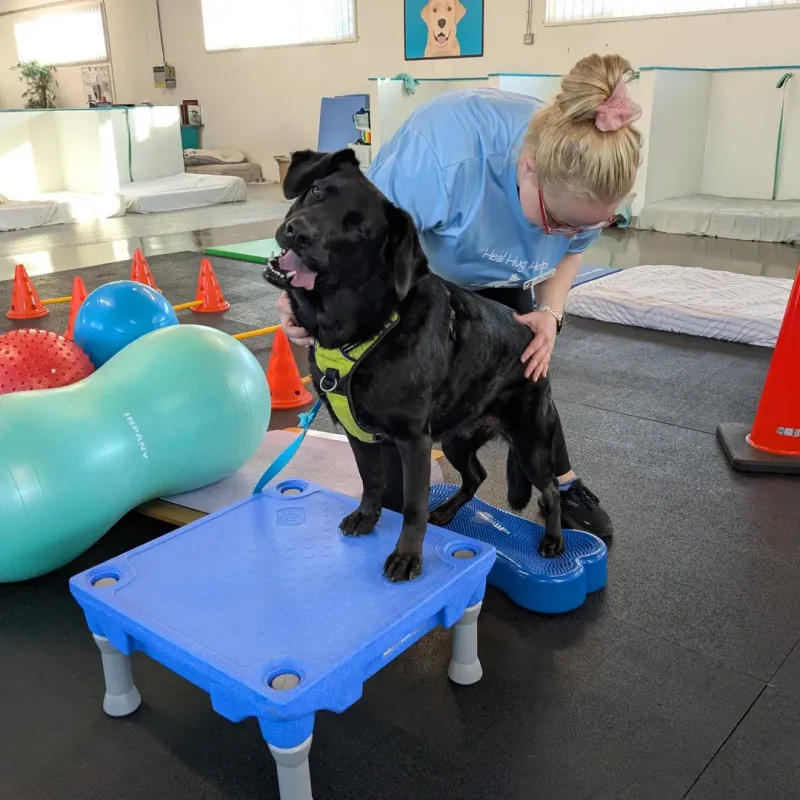
Large breeds are prone to joint issues. Providing joint supplements and maintaining a healthy weight can support their mobility. Using supportive harnesses or ramps can help them move comfortably.
Activities like swimming can be gentle on their joints while providing exercise. Focus on mobility care to enhance their quality of life.
8. Training And Obedience
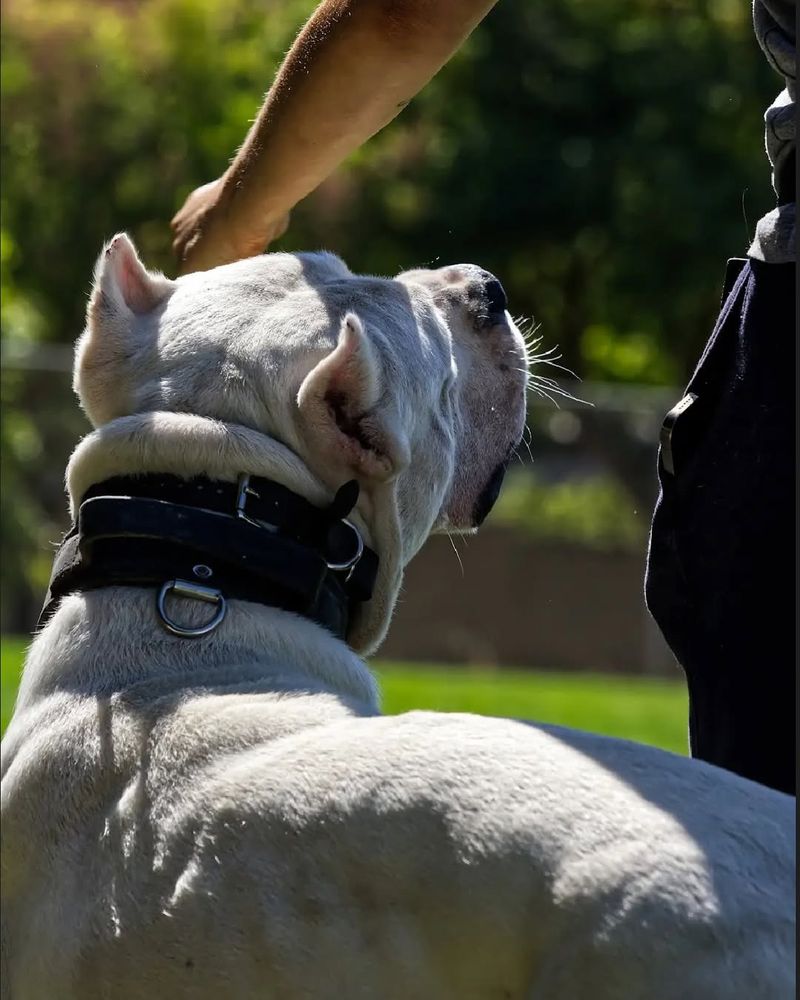
Training builds a strong bond between you and your dog. Start with basic commands like sit, stay, and come. Consistent training promotes good behavior and ensures their safety.
Using positive reinforcement techniques makes learning enjoyable for your dog. Regular training sessions can turn them into well-mannered companions.
9. Stress Management
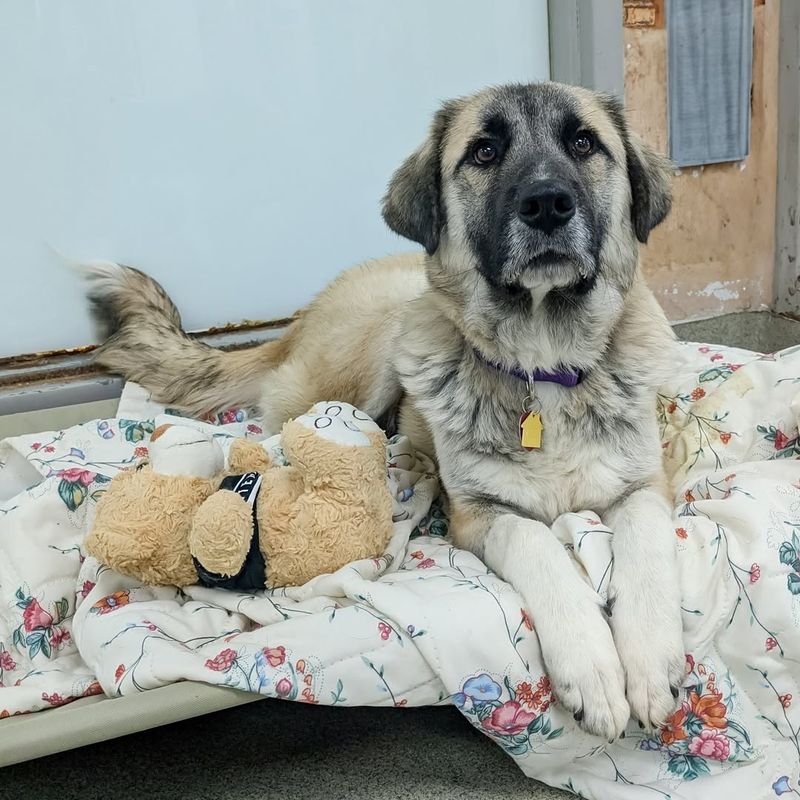
Stress can affect dogs just like humans. Creating a calm environment helps manage their stress levels. Providing toys, comfortable resting areas, and regular routines reduces anxiety.
Recognizing stress signals like pacing or excessive barking allows you to address their needs. A stress-free dog is a happy dog, enhancing their overall well-being.
10. Hydration Importance
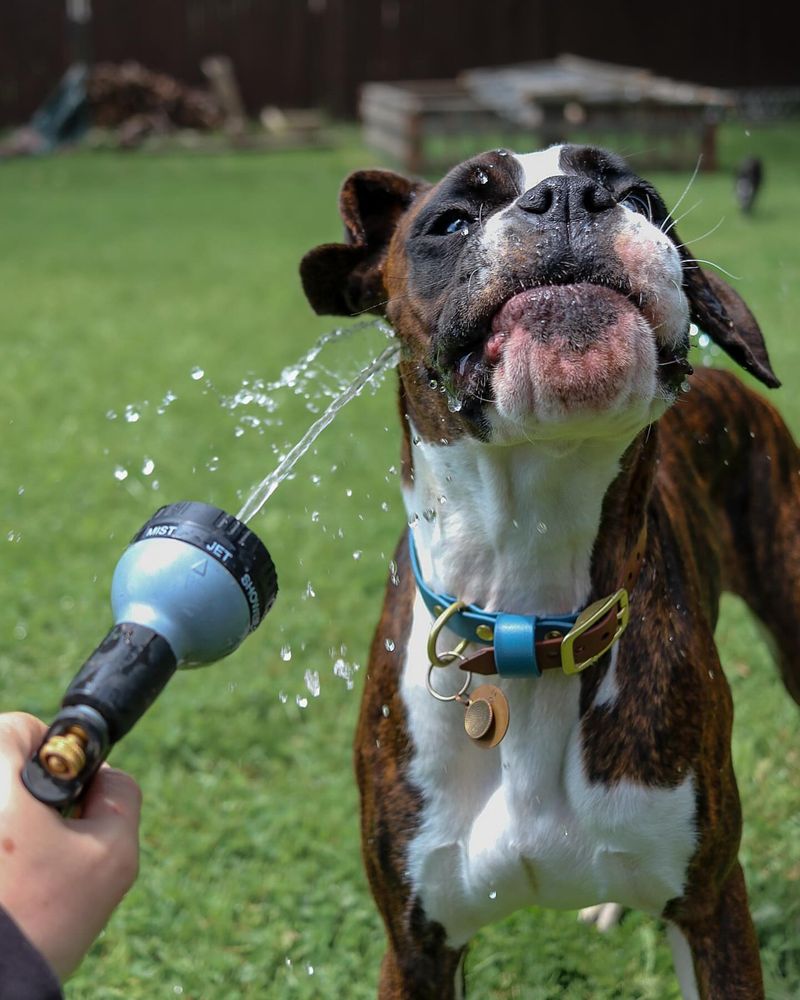
Hydration is vital for all dogs, especially larger breeds. Ensure they have access to fresh water at all times. Proper hydration supports their metabolism and keeps them cool.
During hot weather and after exercise, monitor their water intake closely. Encouraging regular drinking habits prevents dehydration and keeps them energetic and playful.
11. Proper Weight Management
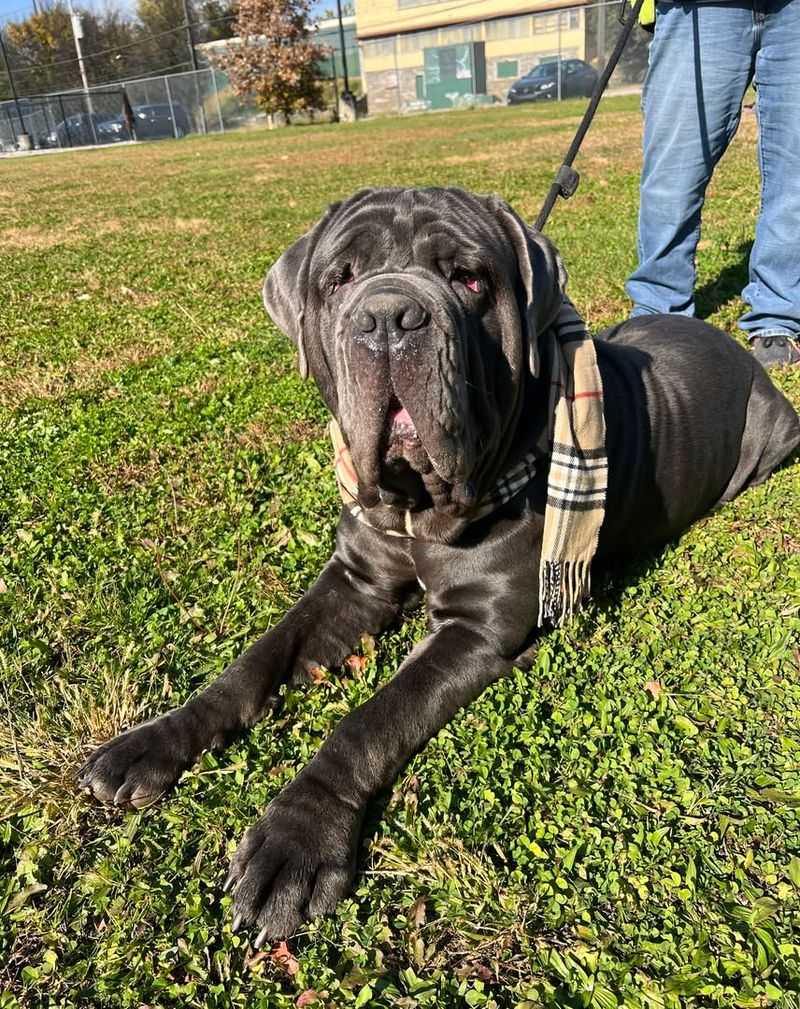
Maintaining a healthy weight is crucial for large breeds. Obesity can lead to health issues like joint pain and heart problems. Balance their diet with regular exercise to prevent excessive weight gain.
Monitoring their weight regularly helps you make necessary adjustments. A fit dog enjoys a longer, healthier life, with more active days.
12. Dental Care Practices
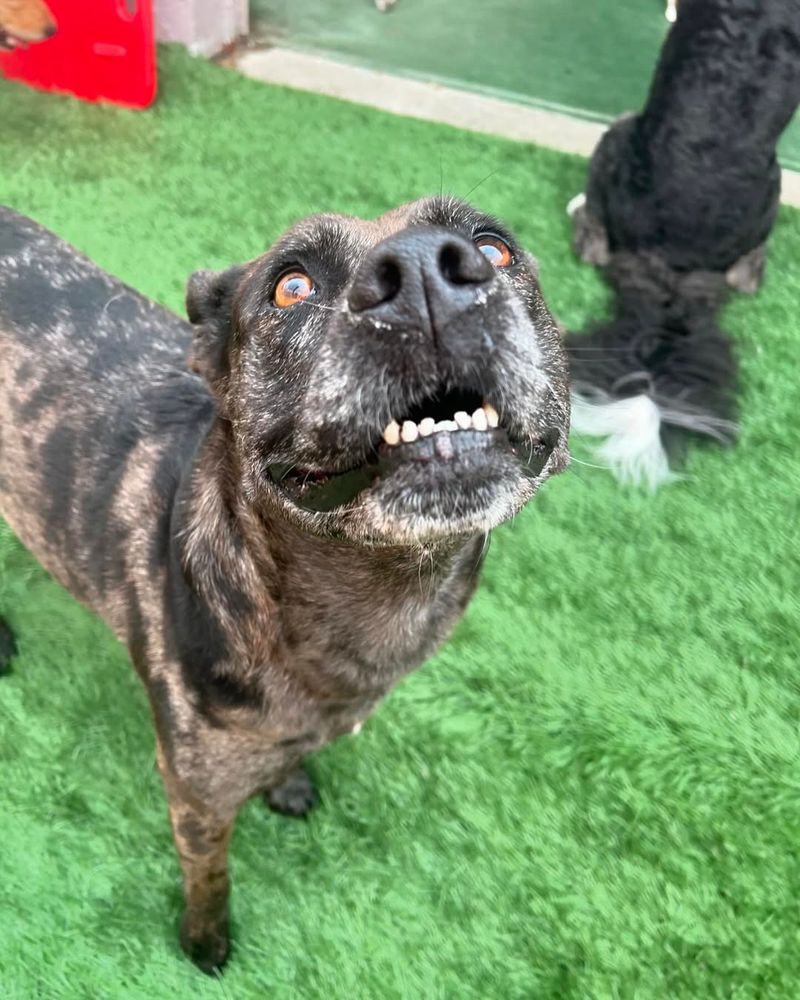
Oral health is often overlooked but crucial. Regular brushing of your dog’s teeth prevents plaque buildup and bad breath. Providing dental treats and toys can aid in oral hygiene.
Regular dental check-ups with the vet keep their teeth and gums healthy. Good dental care enhances their quality of life by preventing painful dental diseases.
13. Safe Playtime
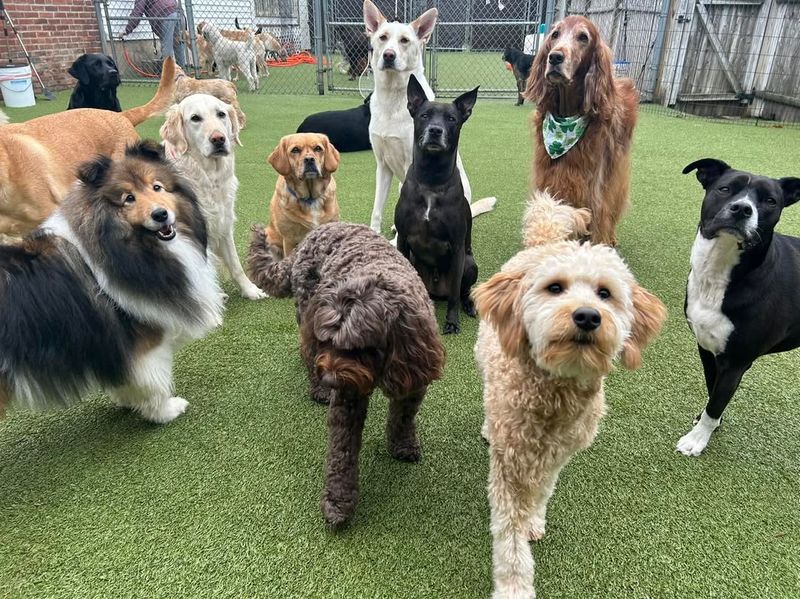
Playtime is essential for mental stimulation and physical health. Choose toys that are durable and safe for large dogs. Engaging in interactive games strengthens your bond and keeps their mind sharp.
Supervise playtime to avoid choking hazards. Safe, enriching play allows your dog to express their natural instincts and reduces destructive behavior.
14. Emergency Preparedness
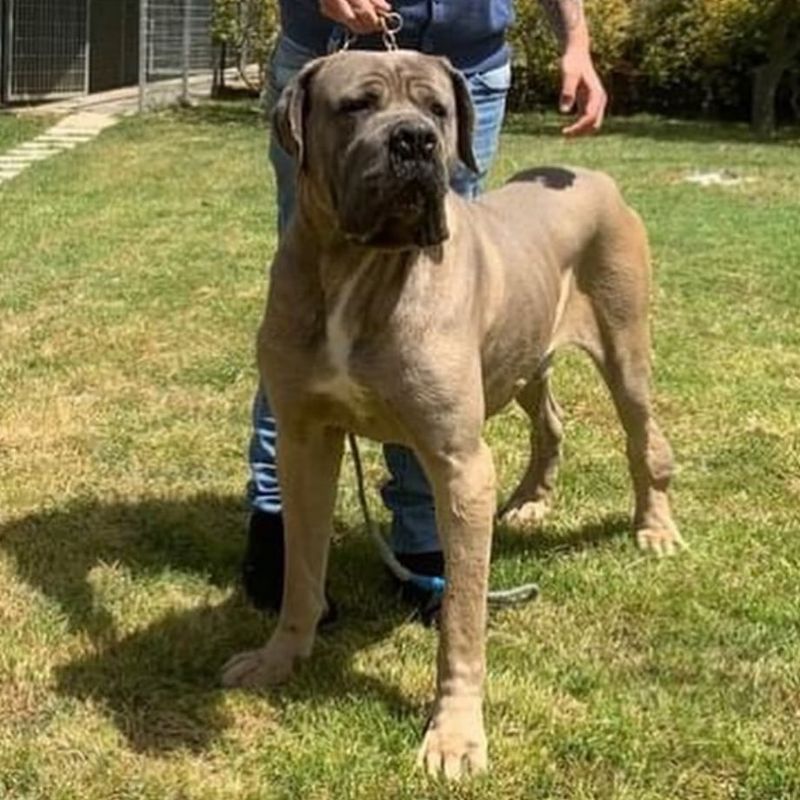
Being prepared for emergencies ensures your dog’s safety. Create an emergency kit with essentials like food, water, and first aid supplies. Keep important documents and contact numbers handy.
Knowing basic first aid can be lifesaving. Preparing for unexpected situations helps you respond calmly and protect your furry friend’s well-being.
15. Seasonal Care Awareness
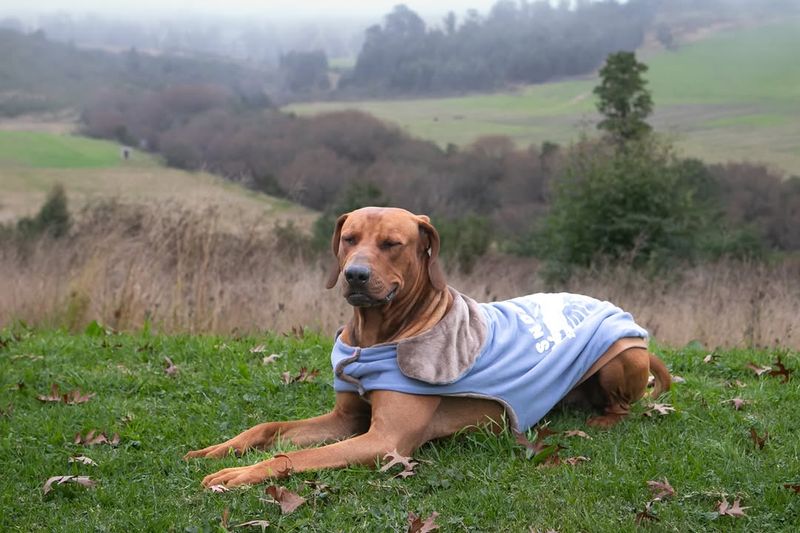
Changes in seasons require special attention for large dogs. In winter, ensure they stay warm with coats. During summer, protect them from heatstroke by providing shade and water.
Regular grooming prevents matting and skin issues. Understanding seasonal needs helps you adjust their care routine, keeping them comfortable and healthy year-round.
16. Mental Stimulation
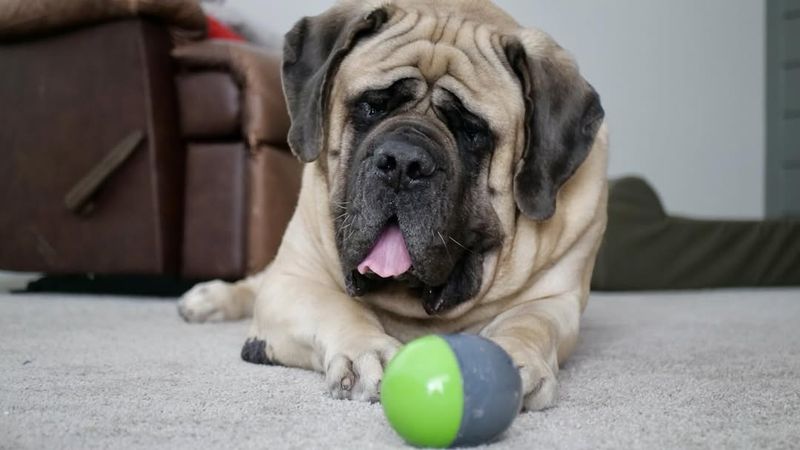
Mental exercise is as important as physical activity. Puzzle toys and training sessions keep their minds sharp. Teaching new tricks or playing scent games provides mental challenges.
Boredom can lead to destructive behavior, so offering varied activities enriches their daily life. Keeping their mind engaged ensures a happy, balanced dog.


